The walls of Hampton Court Palace have always had a calming effect on me. Every time I enter the palace, I feel at peace, inspired and truly interested in the building’s rich history. Hampton Court is a gem, and if I were to pick which one is it, I’d choose the semi-precious carnelian. The orange-red-brown hue of the bricks used in the construction of the palace is synonymous with the colour of carnelian: deep, rich and fiery. Not as popular as onyx or agate, carnelian is no less important to gemologists, jewellers and even healers. Let’s put the spotlight on carnelian for a change and find out more about this gem.
All about carnelian gemstones
What does a carnelian look like?
Carnelian is a variety of Chalcedony, a mineral of the Quartz family. Its colour varies from light orange to an almost brown-black hue. These semi-precious gems are most commonly found in Brazil, India, Russia as well as Germany. Carnelian is very similar to the sard quartz – and often these two get mixed up, though in theory sard tends to be darker and harder. Because of how similar these two stones are, it can be hard to tell which is which, and in the past it was thought they were one and the same.
Carnelian in history
The earliest evidence of carnelian use in jewellery dates from the middle of the 5th millennium BC. It has been widely used in Egypt, Knossos (Crete), throughout the times of the Roman Empire and of course into the Middle Ages. One of the most popular uses of carnelian in jewellery was within signet rings which acted as hot wax stamps on important letters and documents. This is because hot wax does not affect or stick to carnelian. Also, because it’s such a hard and mighty stone, carnelian was often carved into; depictions included personal signatures, family crests, deities and other various cameos.
Since then, carnelian has been widely used in jewellery, beads, with both silver and gold. Not only that – if you google carnelian, the most popular use these days seems to be within crystal healing philosophies.
Healing powers of carnelian
Do you guys believe in the power of healing crystals? I can’t say that I do, but nonetheless, I am fascinated. According to CrystalVaults, carnelian is a stone that helps boost creativity, vitality, sexual energy and fertility. This is because it stimulates 2 chakras – the Sacred one (chakra that balances your intuition & gut feeling) and the healing of the Base chakra (where one finds their physical and spiritual energy). Carnelian can also be used to aid meditation and mind healing.
Interestingly, Carnelian is also referred to as Blood of Isis. Isis was a goddess of motherhood, fertility and protection in Ancient Egypt.
Is carnelian my birthstone?
Up until the 20th century, carnelian has been an August birthstone. From the early 1900s, birthstone lists have been switched around and carnelian is no longer listed as an August birthstone. It has been replaced by sardonyx, spinel and peridot – depends on what country’s list you are looking at. If you are reading a list that was compiled for British audiences, carnelian along with ruby falls under July now.
From an astrological/zodiac perspective, carnelian is Virgo’s stone – those born between 23 August – 22 September. Also, every day of the week has its own stone; so carnelians are perfect for those born on a Thursday.
Do you believe in the healing powers of carnelian? Do you wear any carnelian jewellery?
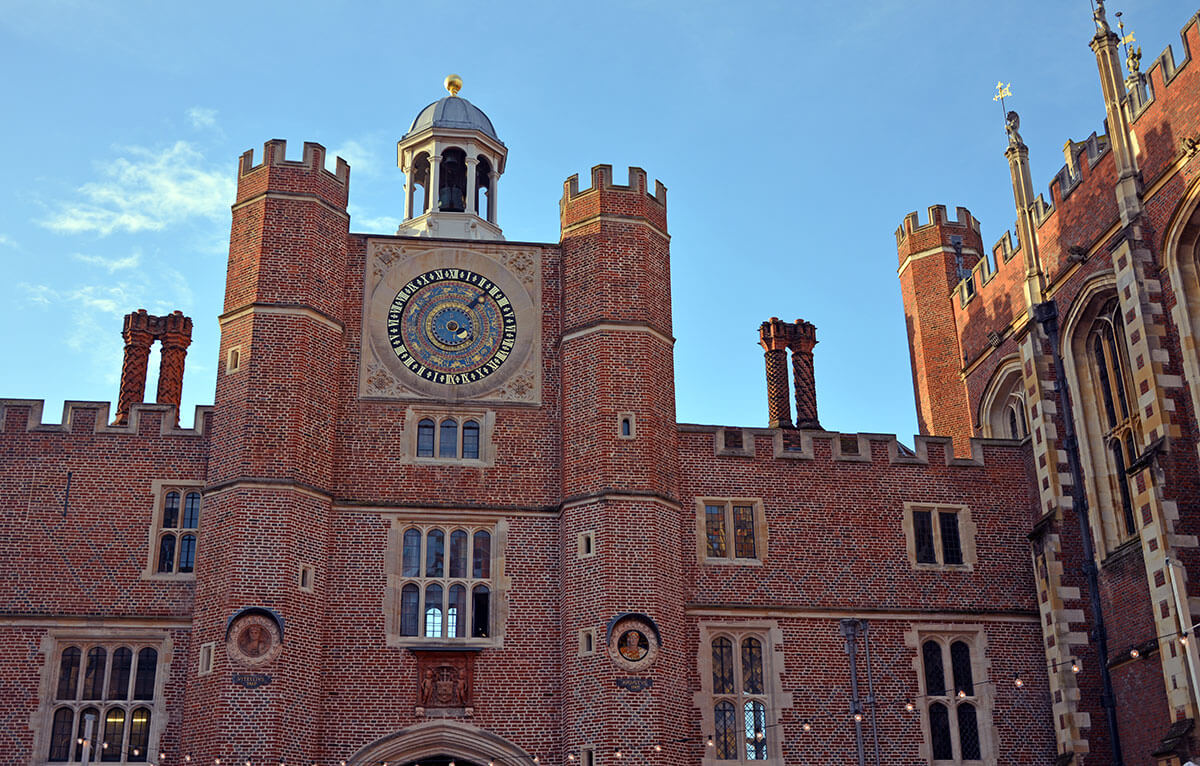
Dress: Ghost London, Heels: Clarks, Jacket: Will & Pop, Jewellery: Silver & Carnelian Jewellery from Own Collection, Bag: Alexander Wang



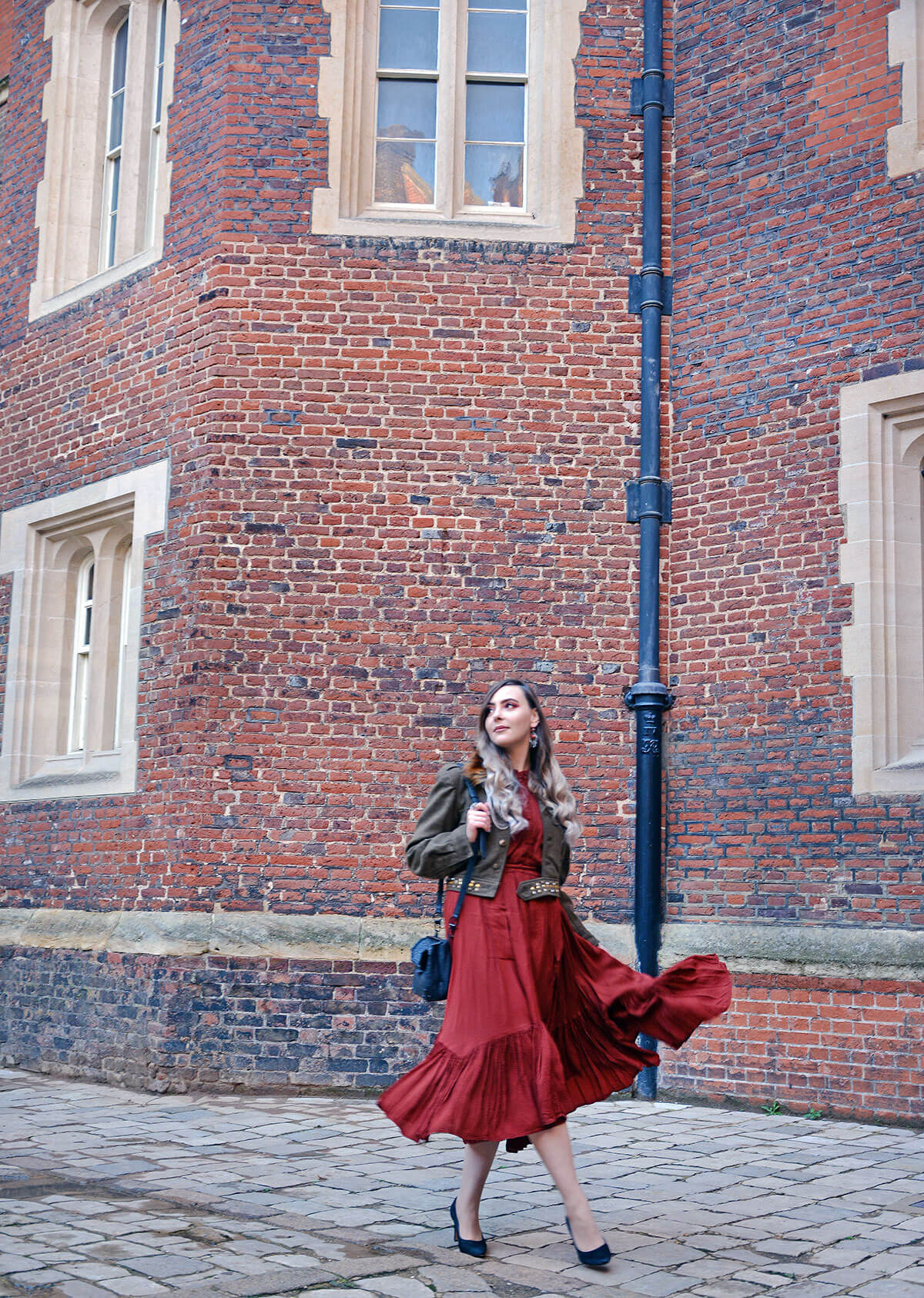
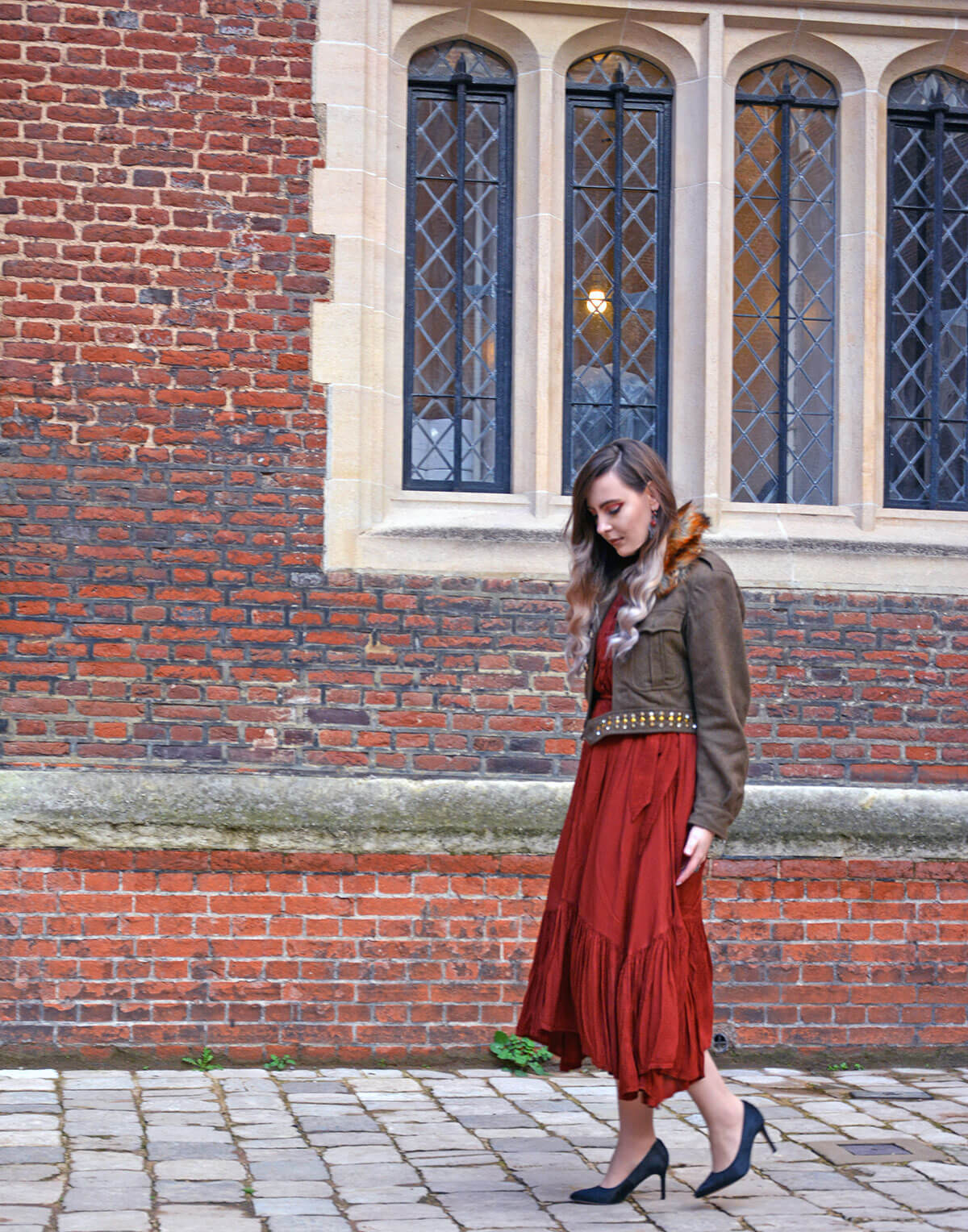
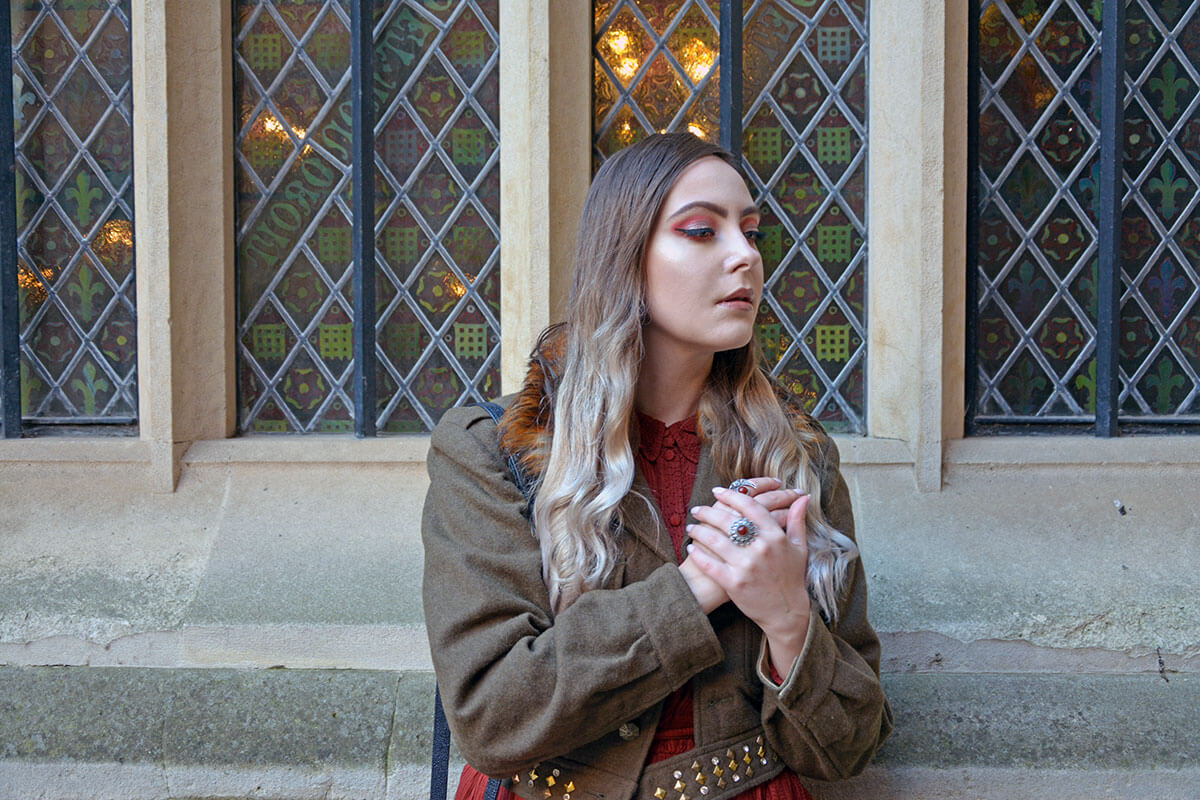
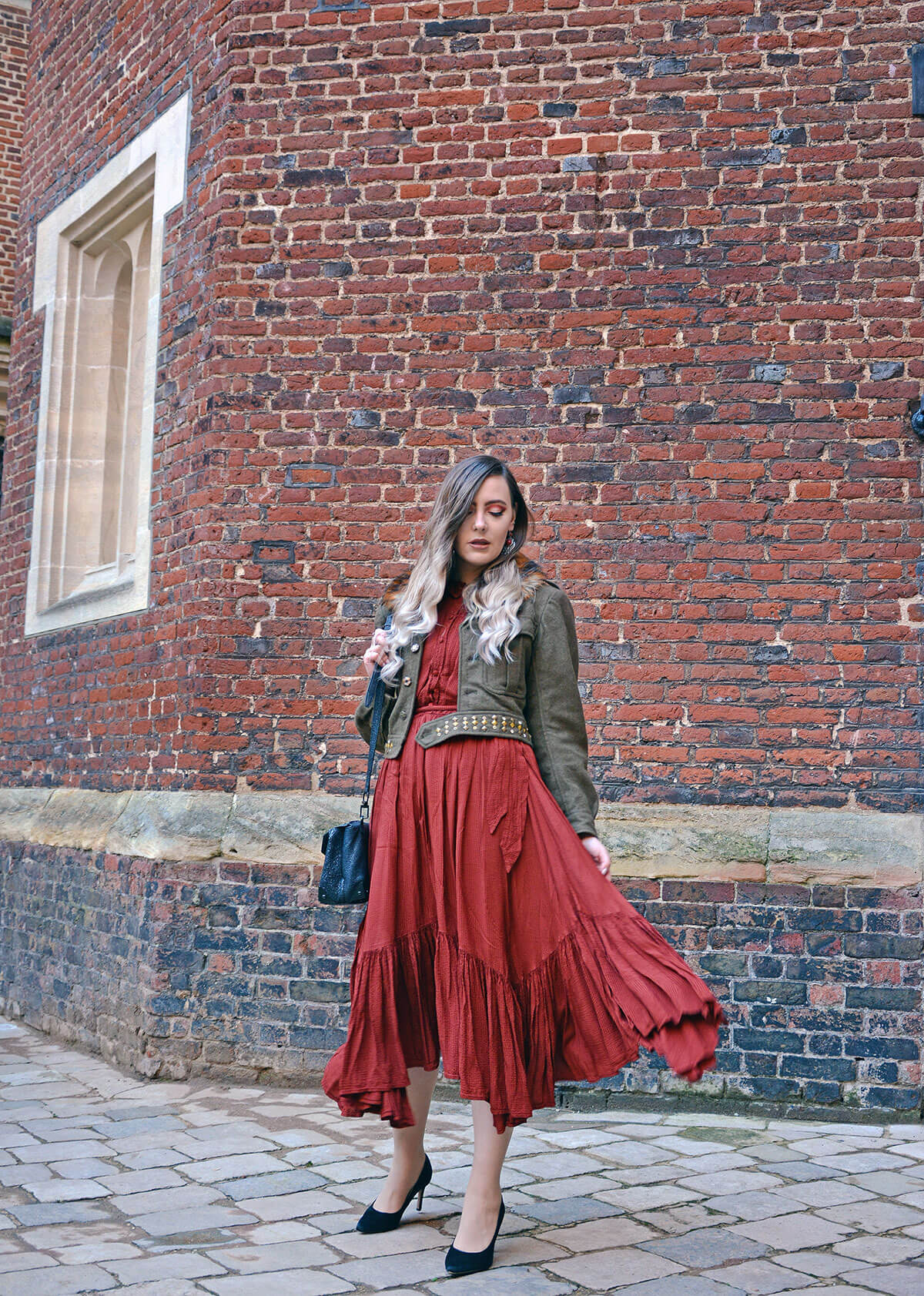

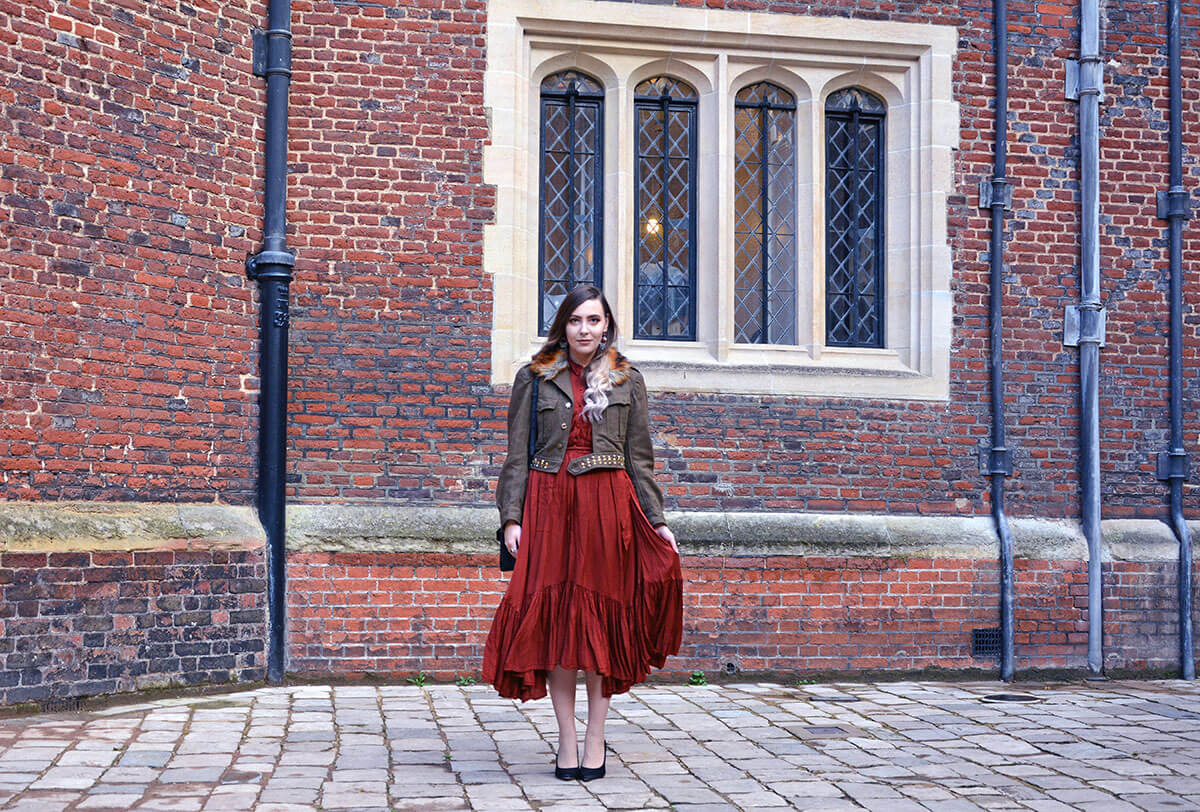










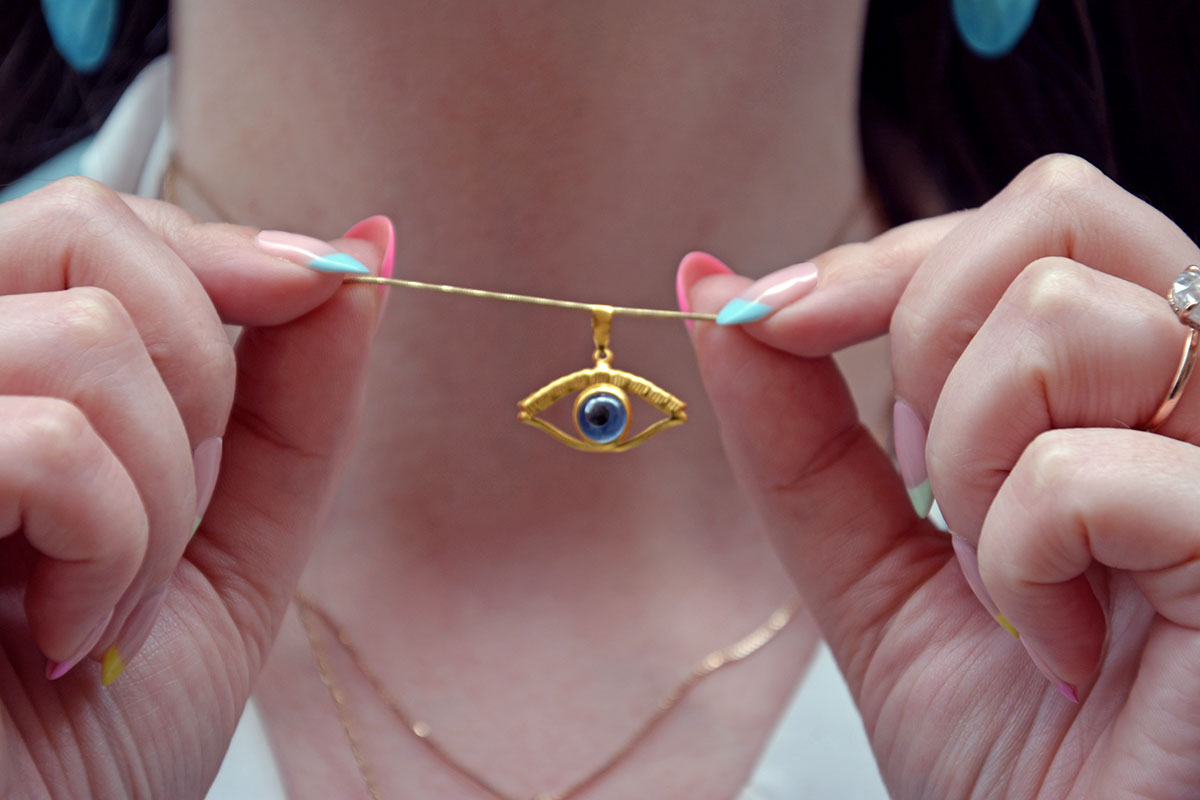


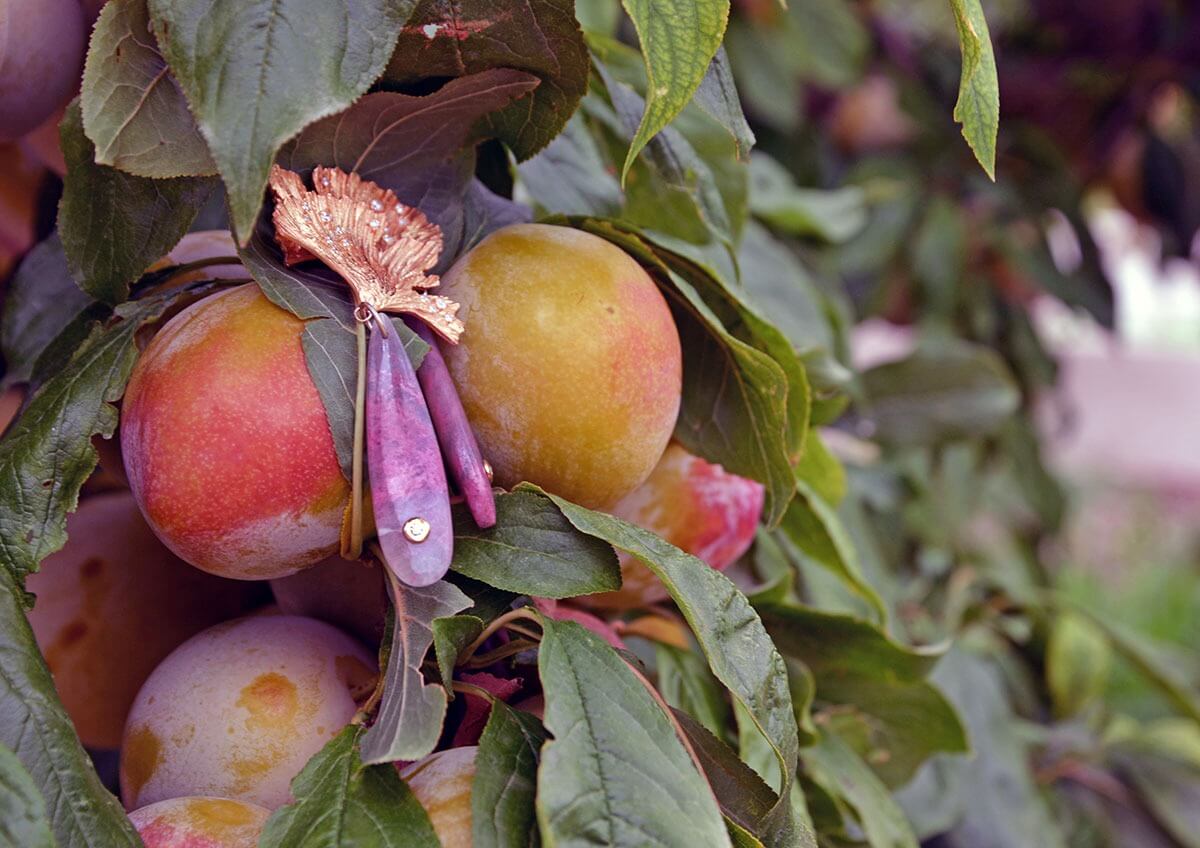






2 Responses
Wonderfully written, so interesting! Can’t wait to know what is my gem stone 🙂
I can tell you right now – yours is opal! <3 Probably the most mesmerising gem in the world!